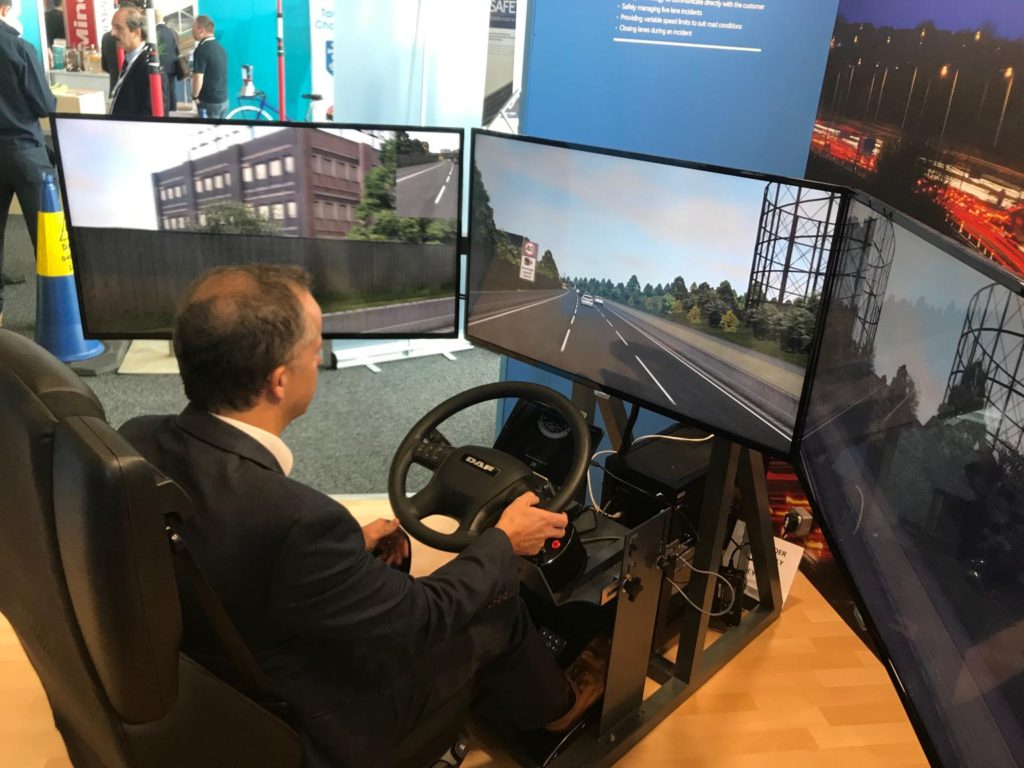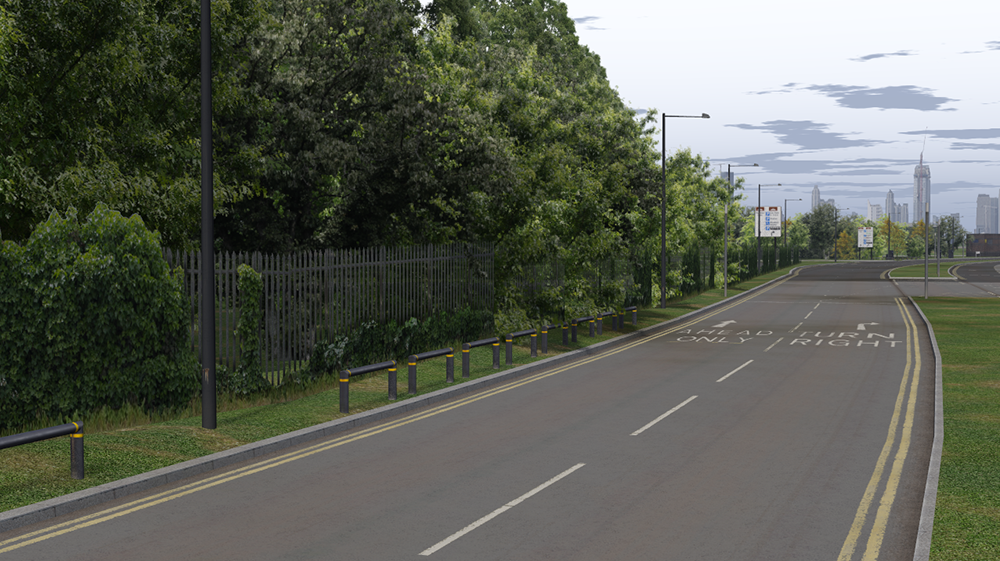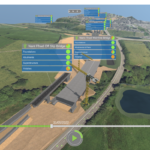
If you’re reading this then chances are this isn’t the first time you have seen us mention something about TRL on our website or social media channels. That’s because TRL are one of our most active clients and we have been working with them for several years, supporting a wide range of their interesting and innovative projects.
We wanted to shine a light on the working relationship between Agility3 and TRL and how the services we provide help TRL carry out world-class research. Rather than just getting the Agility3 perspective, our Business Coordinator, Louis Drakes, recently sat down (albeit over video call!) with TRL’s Software Engineer and Technical Manager for the TRL Driving Simulator, Dr. Simon Wilson, and threw some questions at him to get his thoughts.

Louis Drakes (LD): Can you tell us a bit about TRL?
Simon Wilson (SW): TRL started as the UK government’s Road Research Laboratory in 1933 before it was privatised and became TRL in 1996. The mission of the organisation is to create sustainable transport solutions which make journeys safe, reliable, and convenient for everyone. Amongst other things TRL’s services include developing software to help urban areas reduce pollution and congestion, conducting leading edge research into new infrastructure and vehicle technologies, and studying human behaviours to provide the evidence to support changes to transport policy and regulations.
For more information about TRL visit: https://trl.co.uk/
LD: What about your role at TRL?
SW: I work for the software division of TRL and have been involved with the Driving Simulator facility for several years now and built our new, current Driving Simulator from scratch. I am the main person responsible for managing the Simulator, carrying out any software development for it and creating all the different driving scenarios that the users experience. I’m responsible for ensuring that the Simulator is set up and ready for the Project teams to run all their research trials. As a result of my involvement with the Simulator facilities, I have been working directly with the team at Agility3 for 6 or 7 years.
LD: What Driving Simulator facilities do you have at TRL?
SW: There has been a Driving Simulator facility at TRL since the 1970’s. It started with a simple mechanism where objects would approach the driver on a rotating belt. Much has changed since then though with the fully immersive high-fidelity system we have today. This comprises a Peugeot 3008 with fully operational controls running the SCANeR Driving Simulation software developed by AVSimulation, a 300-degree projection system, an unobtrusive motion platform, as well as eye tracking and physiological monitoring capabilities. We also have a portable simulator that has interactive controls including steering wheel and pedals along with frontal screens and wing mirrors visuals covering 180 degrees of the driving scene. We have variations of the portable simulator for LGV truck drivers too.
LD: What do you use the Driving Simulator facilities for?
SW: They are used as tools for testing and/or manipulating factors that can impact driving. Some key focus areas that the Simulator is used for include testing new road layout designs, examining driver behaviour in particular conditions, monitoring driver performance when using new vehicle systems, and research into the factors that impair drivers and put them at risk.
Our Simulator facilities have played a major role in research into driver performance when talking on the phone and when using handsfree technology as well as understanding the impact of drugs and alcohol on driver performance.
More recently, the Simulator is increasingly being used to support research projects looking at automation and autonomous vehicles. An example of this is the Greenwich GATEway project which Agility3 were involved with, which used Simulator trials to research how human drivers reacted to the presence of autonomous vehicles on the road (see image below taken from the Greenwich GATEway Simulator Environment developed by Agility3).
The Simulator is also being used to explore how Smart Motorways and other technologies such as LGV truck platooning can influence driver behaviour.
Find out more about the Greenwich GATEway project here.

LD: What services do Agility3 provide to TRL?
SW: Agility3 develop the virtual 3D environments and scenes that are used and driven in the Simulator. That includes the entire road routes and all the 3D content surrounding the roads that provide the user with realistic visuals as they drive in the Simulator. I take the 3D environment delivered by Agility3 and integrate it with the driving simulation software to make it drivable. I am then able to manipulate traffic to move around in the environment or modify other parameters in the environment (such as light conditions or weather) if needed as part of a particular research project.
LD: How do these services that Agility3 provide benefit and add value to TRL and your projects?
SW: The realism of the experience for users of the simulator is critical to successfully conducting robust research. Many of our studies could not be done in the real world because they would not be considered safe. To achieve the fully immersive experience for drivers in the simulator requires an extremely high quality of 3D renders. Agility3 has proven expertise in creating these extremely realistic virtual 3D environments and models. It’s the entirely credible Agility3 graphics that convince clients that a simulator study is as good as real-world testing. Our research participants also always comment on how realistic the experience is for them. And you are always improving. Each new environment or scene is better than the last. You also understand that for research purposes, realism doesn’t necessarily mean accuracy. Some studies require an exact replica of a real road, others just need to contain the right road features. This is where Agility3 really adds value, being able to create believable simulations which are proportionate in complexity to the actual research task.
LD: What are Agility3 like to work with?
SW: Awesome! I’ve got absolutely no complaints. As I say, I’ve worked very closely with the team and they are always ready to step in and help out, they are very receptive. I’ve only got positive things to say about them. You’re a different class to other suppliers we’ve used in the past and I’ve never thought about looking elsewhere. We have a really good working relationship and we have never encountered a hurdle on a project that we’ve not been able to get over working together.
LD: Would you recommend the services of Agility3 to others?
SW: Yes! And I have done. Absolutely no problem at all, very much so. I love working with you guys, you do an absolutely 10/10 job, always very responsive, very helpful, I can’t come up with more superlatives! I would highly recommend you to anybody. You’re a pleasure to work with.

This article has been written by Louis Drakes, Business Coordinator at Agility3. For more information, please contact info@agility3.co.uk or call on (+44) 01438 488066.



